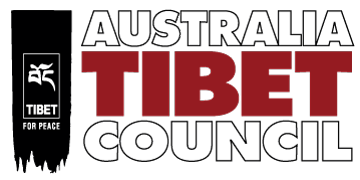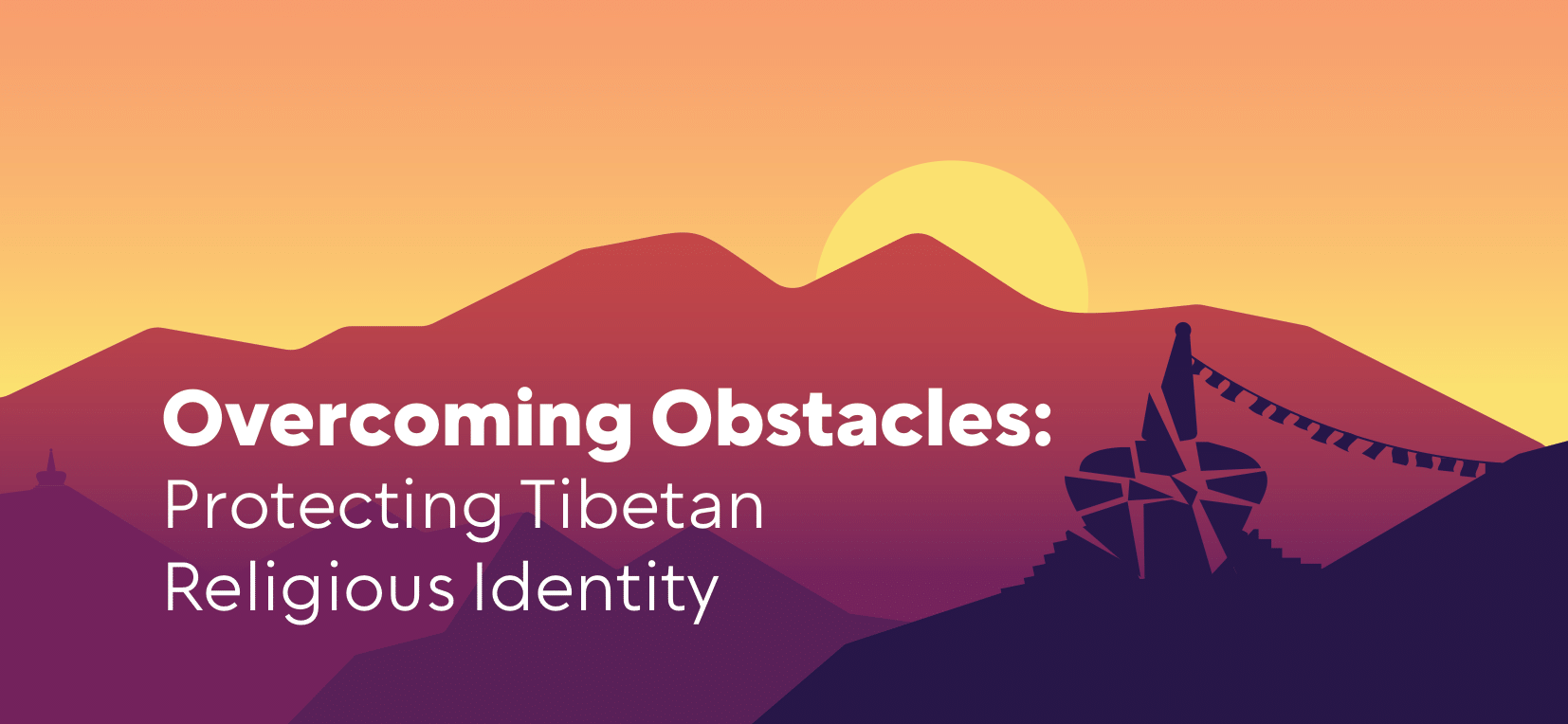Overcoming obstacles is a part of Tibetan Buddhism.
Since 1949, one of the largest obstacles to overcome has been the invasion and occupation of Tibet by the Chinese Government. When Chinese forces invaded Tibet in 1949, it was clear to the Chinese Community Party (CCP) that Tibetan Buddhism was a threat to their ability to control Tibetan people. Famously when Mao Zhedong met the Dalai Lama in 1950, the Communist Party leader told the Dalai Lama that “religion is poison”.
In spite of the Chinese Constitution (Article 36) guaranteeing that “citizens of the People’s Republic of China (PRC) enjoy the freedom of religious belief”, the CCP is at every turn violating their constitution when it comes to Tibet and Tibetan Buddhism. The CCP want Tibetans to see themselves as Chinese people with state-sanctioned cultural elements (such as folk songs and traditional dress), this would match the viewpoint of Chinese Authorities, who see Tibetans as an ‘ethnic minority’. However, even after seven decades of colonial occupation, Tibetan people remain steadfastly resolved that they are independent occupied people and push back against any measures to destroy their history, culture, language or religion.
Overcoming obstacles is a part of Tibetan Buddhism.
Since 1949, one of the largest obstacles to overcome has been the invasion and occupation of Tibet by the Chinese Government. When Chinese forces invaded Tibet in 1949, it was clear to the Chinese Community Party (CCP) that Tibetan Buddhism was a threat to their ability to control Tibetan people. Famously when Mao Zhedong met the Dalai Lama in 1950, the Communist Party leader told the Dalai Lama that “religion is poison”.
In spite of the Chinese Constitution (Article 36) guaranteeing that “citizens of the People’s Republic of China (PRC) enjoy the freedom of religious belief”, the CCP is at every turn violating their constitution when it comes to Tibet and Tibetan Buddhism. The CCP want Tibetans to see themselves as Chinese people with state-sanctioned cultural elements (such as folk songs and traditional dress), this would match the viewpoint of Chinese Authorities, who see Tibetans as an ‘ethnic minority’. However, even after seven decades of colonial occupation, Tibetan people remain steadfastly resolved that they are independent occupied people and push back against any measures to destroy their history, culture, language or religion.
This report seeks to outline the systemic attacks on Tibetan religious identity. The impacts on Tibetan Buddhism outlined in this report are not the result of a single malformed policy or an incompetent or overzealous local governor. It is a systemic top-down attack on the very core of Tibetan identity.
The primary obstacle to Tibetan Buddhism in Tibet are CCP attacks on religious freedoms as outlined by this report:
- Attacks on the Dalai Lama and the malevolent efforts of the CCP to control the future succession of the Dalai Lama.
- The kidnapping and disappearance of the Panchen Lama, as both an attack on the position of Panchen Lama and also an attack on the future succession of the Dalai Lama.
- The Sinicization of Tibetan Buddhism by CCP policies, state control and surveillance.
- The destruction of Tibetan Buddhist monasteries.
- Attacks on Tibetan monks and nuns.
- Restrictions on lay Tibetan practitioners.
- Tibetan children forced into CCP boarding schools, separating them from their families, language, culture and religion.
This report centres around three core recommendations for the Australian Government – each having the potential to generate significant change in Tibet. ATC recommends that the Australian Government:
- Confirm via a decisive policy that “The Australian Government will only recognise a Dalai Lama appointed via Tibetan Buddhist traditions and practices, without interference by the Chinese Government.”
This shows that the world is paying attention to the CCPs attacks on Tibetan religion, and is preemptively taking action.
- Put in place “Reciprocal Access to Tibet” legislation to end the isolation of Tibet and Tibetans. To allow for Australian Parliamentarians, Diplomats, and journalists to travel to Tibet and investigate human rights abuses and importantly for Tibetan-Australians to be able to travel to Tibet to visit family or undertake a religious pilgrimage.
This shows that the world wants to see what is happening in Tibet and won’t turn a blind eye to China’s forced isolation of Tibet.
- Use the Magnitsky Act. Australia must use our Magnitsky Act legislation to sanction CCP officials responsible for gross human rights violations and attacks on Tibetan’s freedom of religion,
This shows the CCP that there will be consequences for what is happening in Tibet.
ATC will be working with the Australian Government to push for these actions as these three actions have the strongest possibility for genuine change for the people of Tibet.

